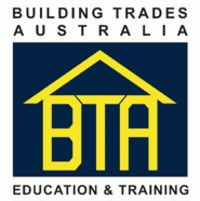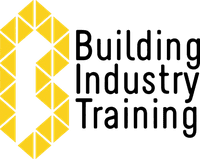
This role has a moderate level of AI exposure. AI can enhance efficiency for some tasks, but this job still relies on human skills and decision-making.
Explore all careersTo become a licensed Asbestos Removalist in Australia, complete accredited training, pass assessments, and obtain a state license, focusing on safety and teamwork.
Get qualified to work as an Asbestos Removalist with a course recognised across Australia. Speak to a training provider to learn more.















In Australia, a full time Asbestos Removalist generally earns $1,740 per week ($90,480 annual salary) before tax. This is a median figure for full-time employees and should be considered a guide only. As you gain more experience you can expect a potentially higher salary than people who are new to the industry.
 Courses.com.au Team
Courses.com.au Team
This industry is expected to experience a moderate increase in employment numbers in coming years. There are currently 3,200 people working in this field in Australia and many of them specialise as an Asbestos Removalist. Asbestos Removalists may find work across all regions of Australia.
Source: Australian Government Labour Market Insights
 Courses.com.au Team
Courses.com.au Team
If you’re considering a career as an Asbestos Removalist, consider enrolling in the Conduct Air Monitoring and Clearance Inspections for Asbestos Removal Work. This unit of competency will give you the skills to visually inspect and use measuring devices for monitoring of airborne asbestos fibres. Other suitable units include Supervise Asbestos Removal, Remove Friable Asbestos and Remove Non-Friable Asbestos.
 Courses.com.au Team
Courses.com.au Team
Browse occupations related to Asbestos Removalist



Asbestos Removalist courses in Australian Capital Territory are essential for individuals aiming to work safely in environments where asbestos may be present. In this region, learners can access a variety of courses designed to equip them with the necessary knowledge and skills for managing asbestos safely and effectively. The available courses cater to beginners, ensuring that those with no prior experience or qualifications can commence their journey in this vital field. Notable offerings include the Certificate III in Concreting CPC30320 and the Certificate III in Demolition CPC30420.
Also available is the Gas Test Atmospheres MSMWHS217 course, which focuses on the safety measures necessary when dealing with potentially hazardous environments, including those containing asbestos. Additionally, the Course in Asbestos Awareness 11084NAT is crucial for those looking to gain foundational knowledge about asbestos and its associated risks. Enrolling in any of these Asbestos Removalist courses in Australian Capital Territory prepares individuals not only for practical tasks but also for ensuring compliance with safety regulations in the workplace.
With four beginner courses available in the Australian Capital Territory, aspiring Asbestos Removalists have the opportunity to develop their skills in a structured and professional environment. These courses are offered by Registered Training Organisations (RTOs) and other recognised training providers, underscoring the quality and relevance of the education received. Completing these Asbestos Removalist courses in Australian Capital Territory will open doors to rewarding career paths within the construction and demolition industries, where the management of asbestos is critical to maintaining safety standards.